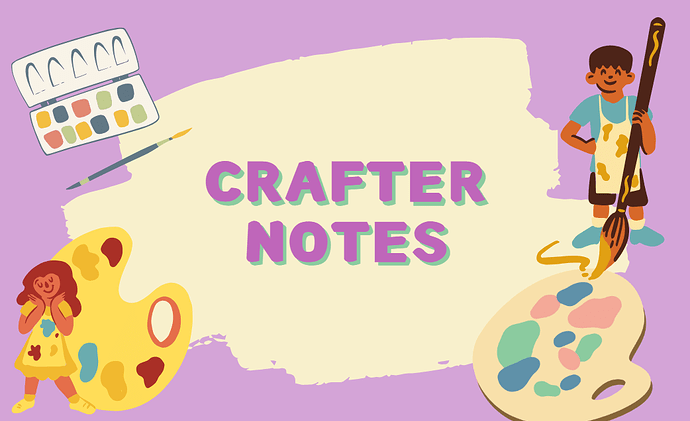Heyy LOKLiK Fans! ![]()
New to crafting? The number of materials out there can be overwhelming.
What are they for? How do you use them? And why does vinyl come in so many types?
This beginner-friendly series is here to help.
Each post breaks down a few key materials—what they do, how to use them, and what to watch out for.
This time, we’re looking at two must-haves for anyone who loves working with fabric or paper:
Heat Transfer Vinyl (HTV) and Cardstock
 Heat Transfer Vinyl (HTV)
Heat Transfer Vinyl (HTV)
HTV is what you use to press your design onto fabric with heat. It has a glue layer that activates under heat and bonds to fabric—perfect for making T-shirts, tote bags, and more.
![]() Works on
Works on
Most fabric types like cotton, polyester, and poly-cotton blends
![]() Things to keep in mind
Things to keep in mind
- Overheating may damage the surface; too cold and it won’t stick
- Always use a heat-resistant sheet—PET shouldn’t touch the heat plate
- Wait for it to cool slightly before peeling the PET liner (except for puffy vinyl types)
![]() How to use
How to use
- Design your image in the software and mirror it
- Send it to the cutting machine and cut on the vinyl side (not the PET liner)
- Weed out the excess vinyl, keeping only the design
- Press it onto fabric with a heat-resistant sheet on top, then peel the PET liner after it cools slightly (except for puffy vinyl)
![]() Tip: Not sure if it’s HTV or adhesive vinyl?
Tip: Not sure if it’s HTV or adhesive vinyl?
Peel the edge—if the PET backing is sticky, it’s HTV.
If the vinyl surface is sticky, it’s adhesive vinyl.
 Cardstock
Cardstock
Cardstock is a thick, durable paper commonly used in papercrafts. Whether you’re making greeting cards, cake toppers, or origami, it’s a staple for layered and structural paper designs.
![]() Things to keep in mind
Things to keep in mind
- Stick it firmly to the mat to avoid shifting
- Use larger shapes for better results
- A 60° blade works best for clean cuts
![]() How to use
How to use
- Design & send to cutting machine
- Choose the right settings and blade, and make sure the cardstock is firmly stuck to the mat
- Weed & use as needed
![]() Next up: Sublimation Materials & Sublimation HTV—what they are, how they work, and why sublimation isn’t just for white fabric anymore.
Next up: Sublimation Materials & Sublimation HTV—what they are, how they work, and why sublimation isn’t just for white fabric anymore.
![]() Missed the first post? Catch up here:
Missed the first post? Catch up here:
Crafter Notes | Know Your Materials #1 | Adhesive Vinyl & Printable Sticker Paper

